When I searched for the impact of 4G and 5G frequency spectrum on health/medical sector/hospitals, I found good Japanese research by NTT Docomo about this topic and here I concluded the main points of the study and results. Research Area Electromagnetic interference with medical devices is caused by radio waves emitted from mobile phones and […]
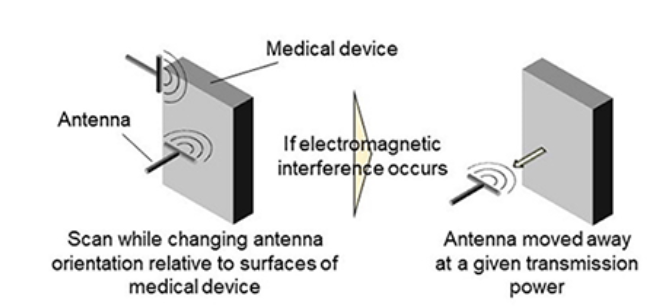

📃In 2G and 3G, voice and text were the main services based on SS7 signaling. In these networks service availability was the priority. The Signal Transfer Point (STP) was the node that routed signaling messages. 📃In 4G, networks became data and media-centric and needed signaling to support smartphones and Apps. Signaling volume grew to support […]
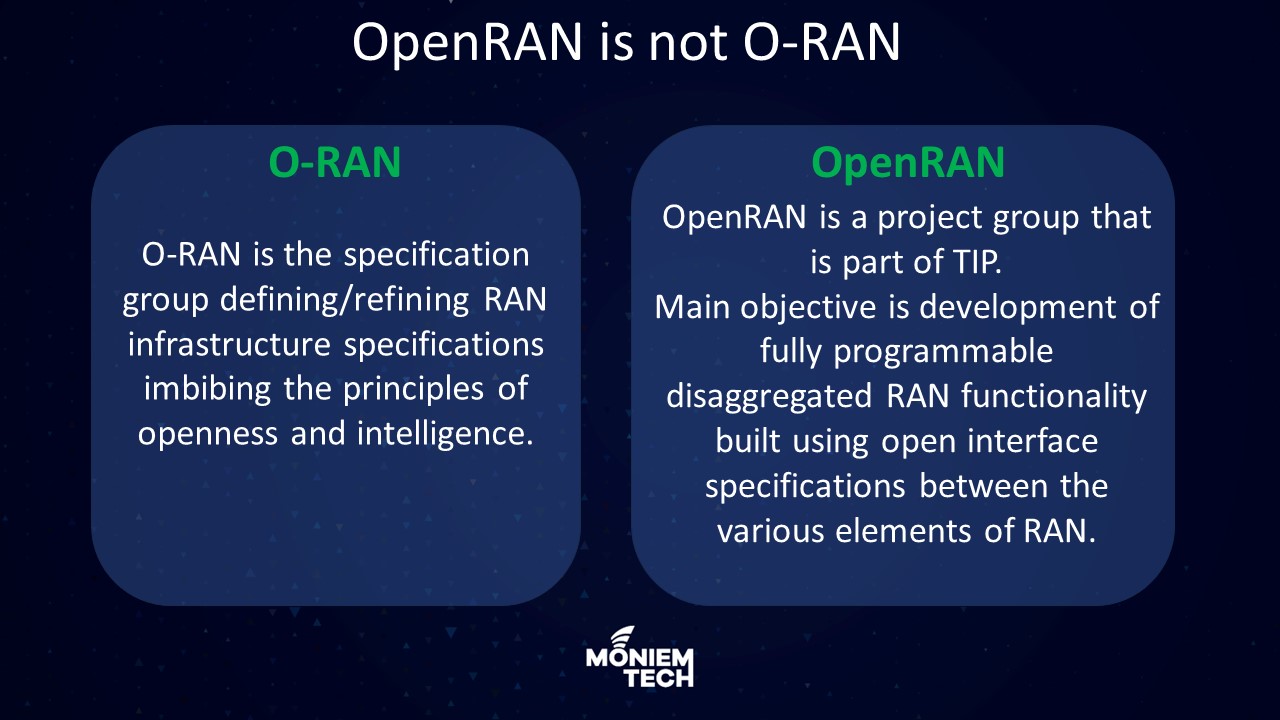
Generally speaking, I see many use the same word for different meanings, sometimes they need to refer to O-RAN and write OpenRAN and vice versa. So let’s understand the main difference between them as below: Why Do We Need O-RAN? The strong push for Future RANs to be built on a foundation of virtualized network […]

Virtualization is a journey that the telecoms industry has been on for several years to transform network functions into virtual network functions (VNFs). The VNF software is then decoupled from the purpose-built hardware and run on standardized, common off-the-shelf (COTS) hardware. The interfaces between each component in such a setup may still be closed or proprietary. […]
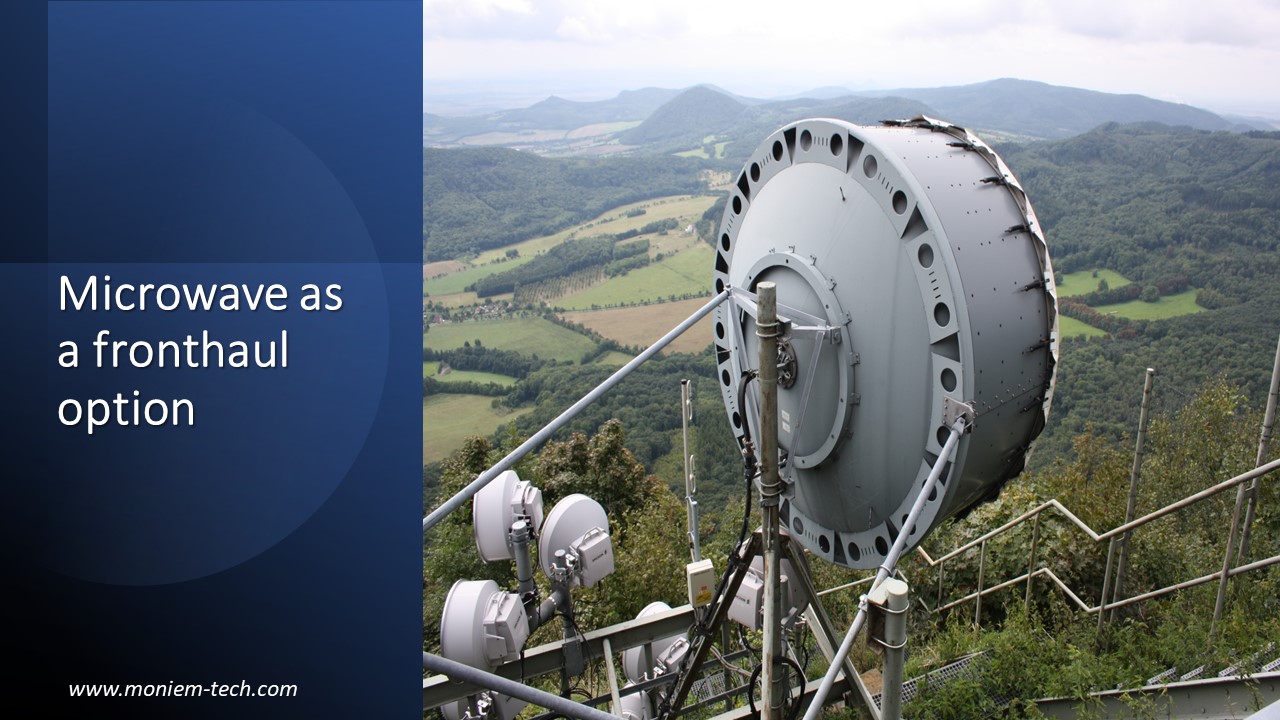
First, we need to understand the definition of Fronthaul. Fronthaul is the transmission connection between the Radio Frequency (RF) module and the baseband processing Unit (BBU) in the mobile wireless network. In the traditional distributed RAN or D-RAN, the fronthaul distance is short as the RF module and BBU are directly connected via optical fibers. […]
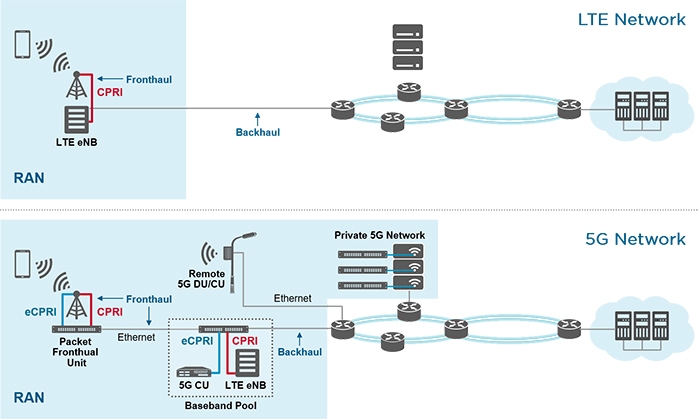
5G needs to move from CPRI to eCPRI because eCPRI uses standards-based Ethernet for fronthaul, replacing proprietary CPRI connectivity. This shift enables higher precision timing capabilities essential for vRAN and openRAN deployments on general-purpose server hardware, making the network more flexible and cost-effective. Why 5G needs moving from CPRI to eCPRI? eCPRI enhances 5G networks […]
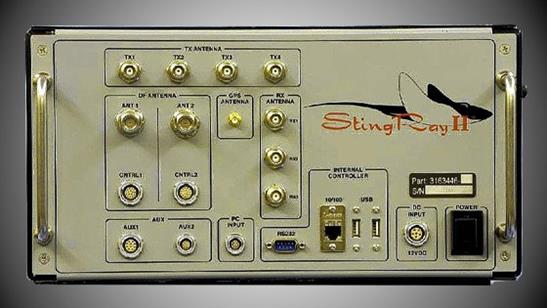
Before starting to talk about IMSI Catcher, we need to understand what is the IMSI, its importance, and its structure. Based on this, we will discuss the IMSI catcher. So let’s GO 🙂 What is IMSI? IMSI, International Mobile Subscriber Identity, is a unique static identity allocated to each subscriber in a mobile wireless system. […]

If you look at how security was addressed in the 4G core (EPC), you had perimeter devices, whether it’s firewalls, security devices that protect from denial of service attacks, or just security gateways at the periphery, and you had fewer vendors addressing the core infrastructure. So, if you have a single core vendor, the risk […]
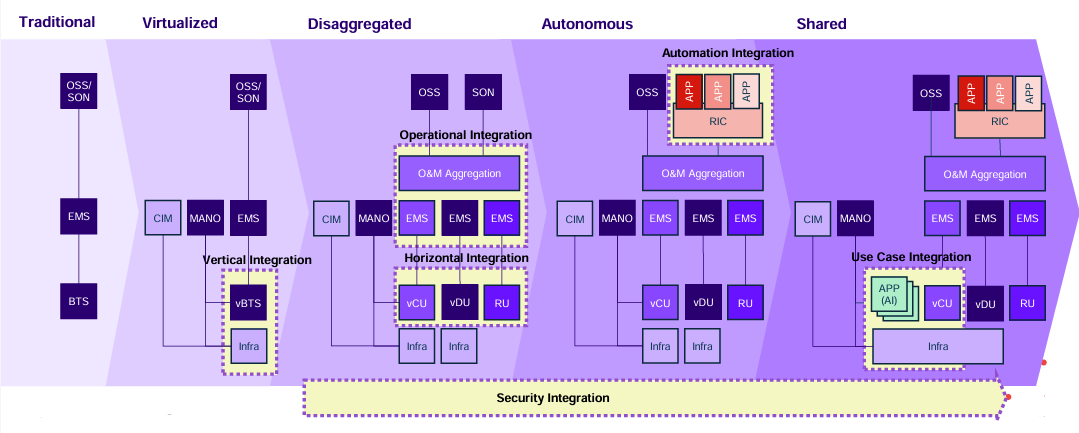
The biggest challenge in transitioning from traditional RAN to Open RAN is the integration of Open RAN components. Guess why! absolutely due to RAN itself getting disaggregated into smaller pieces coming from different vendors (multi-interoperability) in different layers (Horizontal and Vertical) from Control, User to Management. Below is the conclusion, I quoted from Tietoevry’s white paper about […]
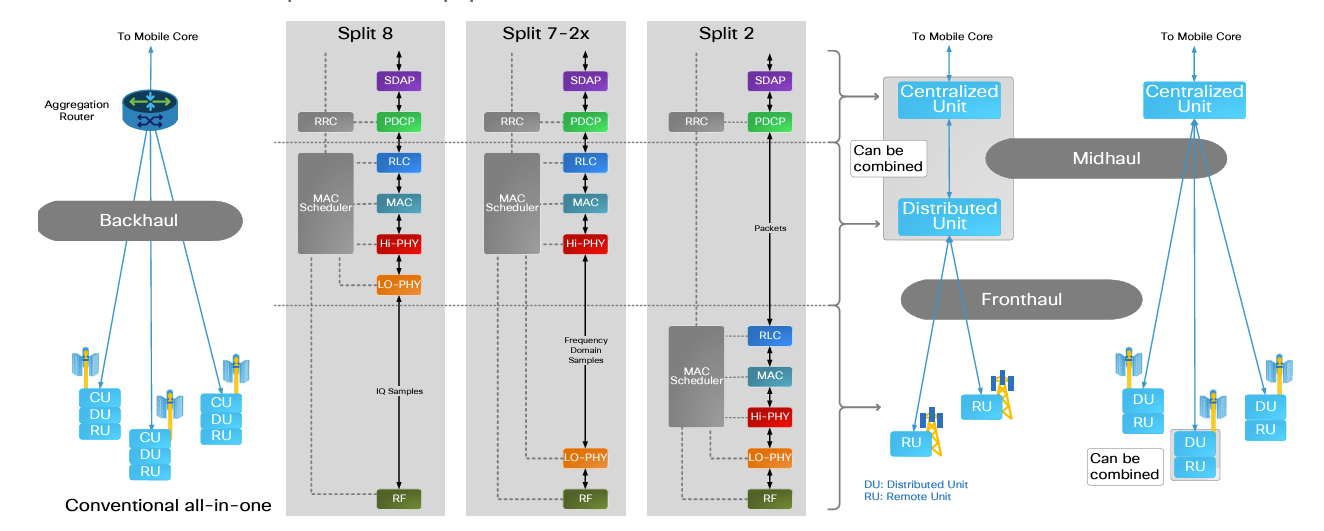
3GPP defined the functional splits in 38.801 to formalize potential protocol split options. Functional splits are intended to allow functions to run in a central location ( ex. Data Center ) Vs. distributed in the radio heads ( ex Site Location). There are 4 factors to be taken into consideration when choosing the right functional […]
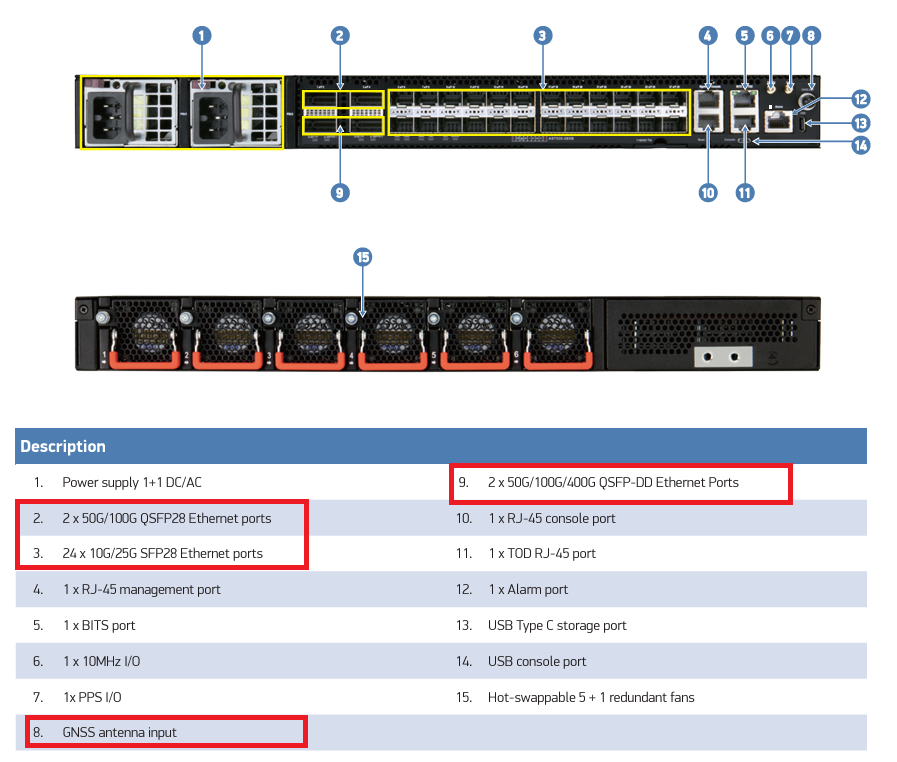
An Open RAN (O-RAN) is a nonproprietary implementation of a RAN that allows interoperability between cellular network equipment provided by different vendors. Mobile Network Operators (MNOs) are virtualizing the RAN to achieve cloud-like agility and economics. As per statistics, The virtualization of the RAN network is expected to grow at a 19% CAGR (compound annual […]
